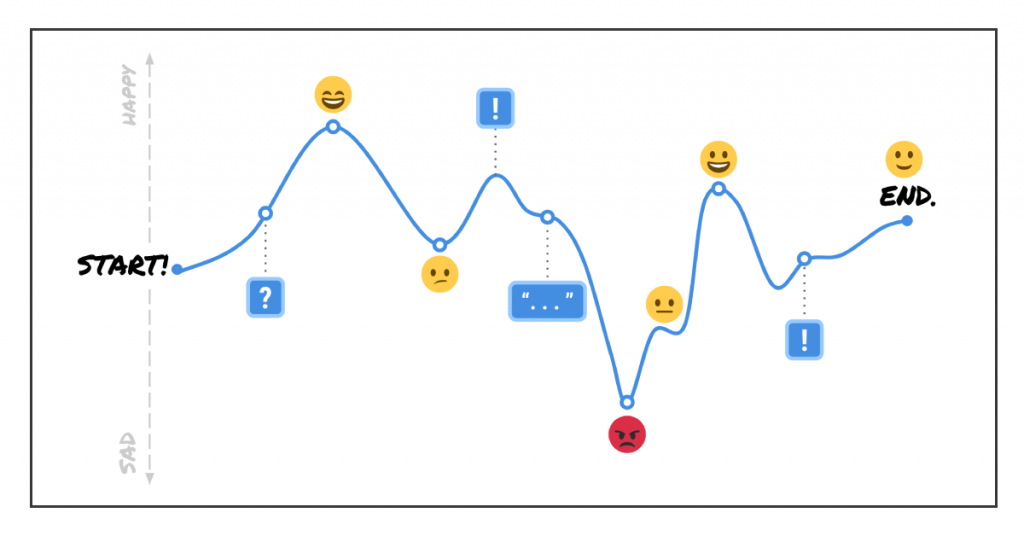Creating a consistent brand experience is crucial to building a strong brand identity and establishing trust with customers. In today’s competitive business environment, companies need to ensure that their brand message is consistent across all touchpoints, including social media, websites, mobile apps, and physical stores. In this article, we will discuss how to create a consistent brand experience across all touchpoints in Vietnam. We will cover the key steps involved, including conducting a brand audit, defining your brand voice and messaging, developing brand guidelines, and implementing a cohesive communication strategy.
I. Conducting a Brand Audit
Before you can create a consistent brand experience, it’s essential to conduct a brand audit to understand your brand’s current state. A brand audit is an evaluation of your brand’s strengths, weaknesses, opportunities, and threats. It helps you identify gaps in your brand messaging or inconsistencies in how your brand is perceived across different touchpoints.

Here are the key steps involved in conducting a brand audit:
- Identify your brand touchpoints: Make a list of all the touchpoints where your brand interacts with customers, including websites, social media channels, physical stores, packaging, advertising, etc.
- Analyze your brand messaging: Review your brand messaging across all touchpoints and assess whether it’s consistent in terms of tone, language, and style.
- Evaluate your brand visual identity: Assess your brand’s visual identity, including your logo, typography, color palette, and imagery. Ensure that they are consistent across all touchpoints.
- Understand your audience perception: Gather feedback from your customers and stakeholders to understand how they perceive your brand. Identify any gaps between their perceptions and your desired brand image.
- Develop a gap analysis report: Summarize the findings from your brand audit in a gap analysis report. Use this report to identify the gaps in your brand messaging and visual identity, and prioritize areas that need improvement.
II. Defining Your Brand Voice and Messaging
Once you have conducted a brand audit, the next step is defining your brand voice and messaging. Your brand voice and messaging convey who you are, what you stand for, and why customers should choose you over competitors. Here are some key steps involved in defining your brand voice and messaging:

- Develop a brand persona: Define your brand persona by identifying your brand’s personality traits, values, and mission statement. Use this information to create a brand voice that resonates with your target audience.
- Create a messaging hierarchy: Develop a messaging hierarchy that defines your core message, value proposition, and differentiators. Ensure that your messaging hierarchy is consistent across all touchpoints.
- Write brand guidelines: Develop brand guidelines that outline how your brand should be represented visually and verbally. Include guidelines on tone, language, style, typography, colors, imagery, and logo usage.
- Train your team: Educate your team members on your brand voice and messaging to ensure they’re consistent in their communication with customers.
III. Developing a Cohesive Communication Strategy
The final step in creating a consistent brand experience is developing a cohesive communication strategy. A communication strategy ensures that your brand message is delivered consistently across all touchpoints. Here are some key steps involved in developing a cohesive communication strategy:

- Choose the right channels: Identify the channels that are most relevant to your target audience and align with your brand voice and messaging.
- Develop a content calendar: Create a content calendar that outlines the topics, themes, and messages you’ll communicate across different touchpoints.
- Implement a social media strategy: Establish guidelines for how your brand will be represented on social media, including tone, language, and engagement strategies.
- Monitor and measure results: Use analytics tools to monitor the effectiveness of your communication strategy and make adjustments as needed.
In conclusion, creating a consistent brand experience across all touchpoints requires a concerted effort to define your brand voice and messaging, conduct a brand audit, develop brand guidelines, and implement a cohesive communication strategy. By following the steps outlined in this article, you can ensure that your brand message is consistent and resonates with your target audience in Vietnam. Remember that building a strong brand takes time and effort, but the payoff can be significant in terms of increased customer loyalty and brand recognition.
Key Takeaway Points:
- Conduct a brand audit to understand your brand’s current state and identify areas for improvement.
- Define your brand voice and messaging by developing a brand persona, messaging hierarchy, and brand guidelines.
- Develop a cohesive communication strategy by choosing the right channels, creating a content calendar, implementing a social media strategy, and monitoring results.
- Consistency is key to building a strong brand identity and establishing trust with customers.
If you need help creating a consistent brand experience across all touchpoints in Vietnam, contact us today!
Leave a Reply